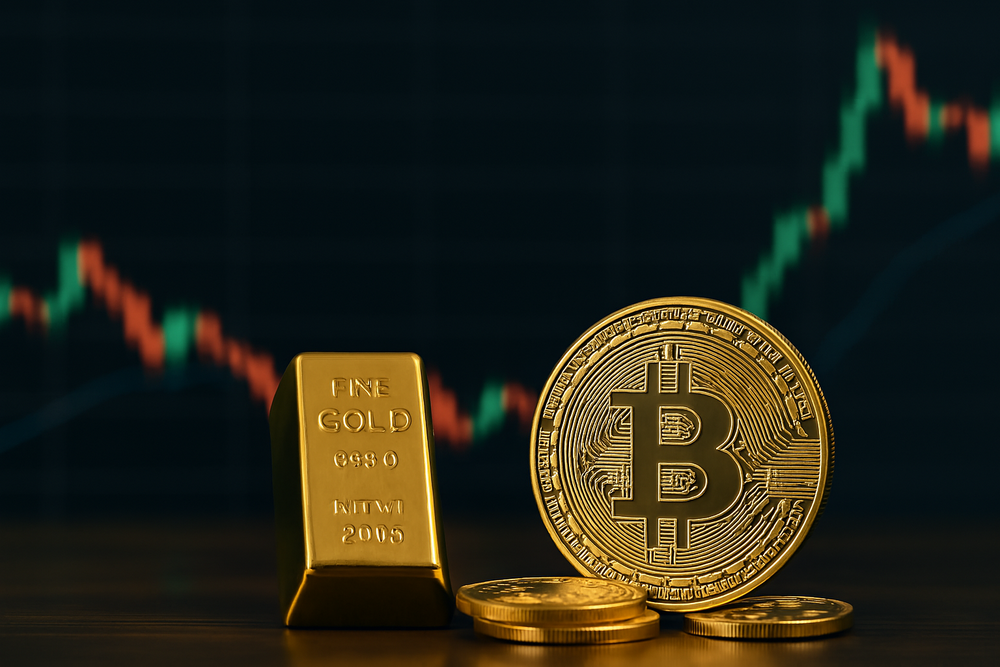- Coinbase announces delisting of six trading pairs to consolidate liquidity.
- Mask Network (MASK) impacted in USDT and EUR markets.
- Coinbase Premium users retain USD pair access for delisted tokens.
Coinbase Markets will delist six trading pairs, including MASK-USDT and AXS-BTC, on October 30, 2025, citing the need to consolidate liquidity and enhance market health.
The delisting could shift trading volumes and liquidity, mainly affecting governance and application tokens, with USD trading remaining accessible to Coinbase Premium users for certain pairs.
Coinbase Delists Six Trading Pairs Amid Liquidity Concerns
Coinbase Global, Inc. will delist six trading pairs, specifically targeting MASK-USDT, MASK-EUR, MINA-USDT, GMT-USDT, AXS-BTC, and SNX-BTC. The action will occur at 00:00 Beijing Time on October 30, 2025, aiming to improve market health through liquidity consolidation. Coinbase Premium users in eligible regions can continue using USD-denominated order books for affected assets.
The delisting announcement signifies reduced options for trading MASK, MINA, GMT, AXS, and SNX in non-USD pairs. For AXS-BTC, users can only place and cancel orders but not submit market orders, as it is set to limit-only mode.
No visible reactions from major industry figures, regulatory bodies, or project teams have been observed. Official channels from Coinbase’s leadership, including Brian Armstrong and Emilie Choi, remain silent on the delisting specifics. Analysts note this type of routine delisting often redirects volume to more active pairs.
Market Metrics and Expert Views on Delisting Impact
Did you know? Following a past delisting by Coinbase, trading volumes of lesser-used pairs notably declined, emphasizing the exchange’s ability to steer market liquidity preferences.
According to CoinMarketCap, Mask Network (MASK) is currently valued at $0.86, with a market cap of $85.55 million. Over the last 24 hours, the trading volume reached $20.56 million, reflecting a decline of 1.87%. The 30-day period shows a significant drop of 30.85%. As of October 28, 2025, at 23:12 UTC, MASK had a circulating supply of 100,000,000.
Mask Network(MASK), daily chart, screenshot on CoinMarketCap at 23:12 UTC on October 28, 2025. Source: CoinMarketCapInsights from the Coincu research team suggest that routine pair delistings like this one typically shift market liquidity and adjust focus to core USD pairs. Past trends indicate potential short-term volatility and a narrowed trading landscape for tokens taken off less liquid pair offerings. For instance, similar shifts were observed during events like Cosmoverse 2025 where significant market movements were noted.
| DISCLAIMER: The information on this website is provided as general market commentary and does not constitute investment advice. We encourage you to do your own research before investing. |
Source: https://coincu.com/news/coinbase-liquidity-delist-trading-pairs/


